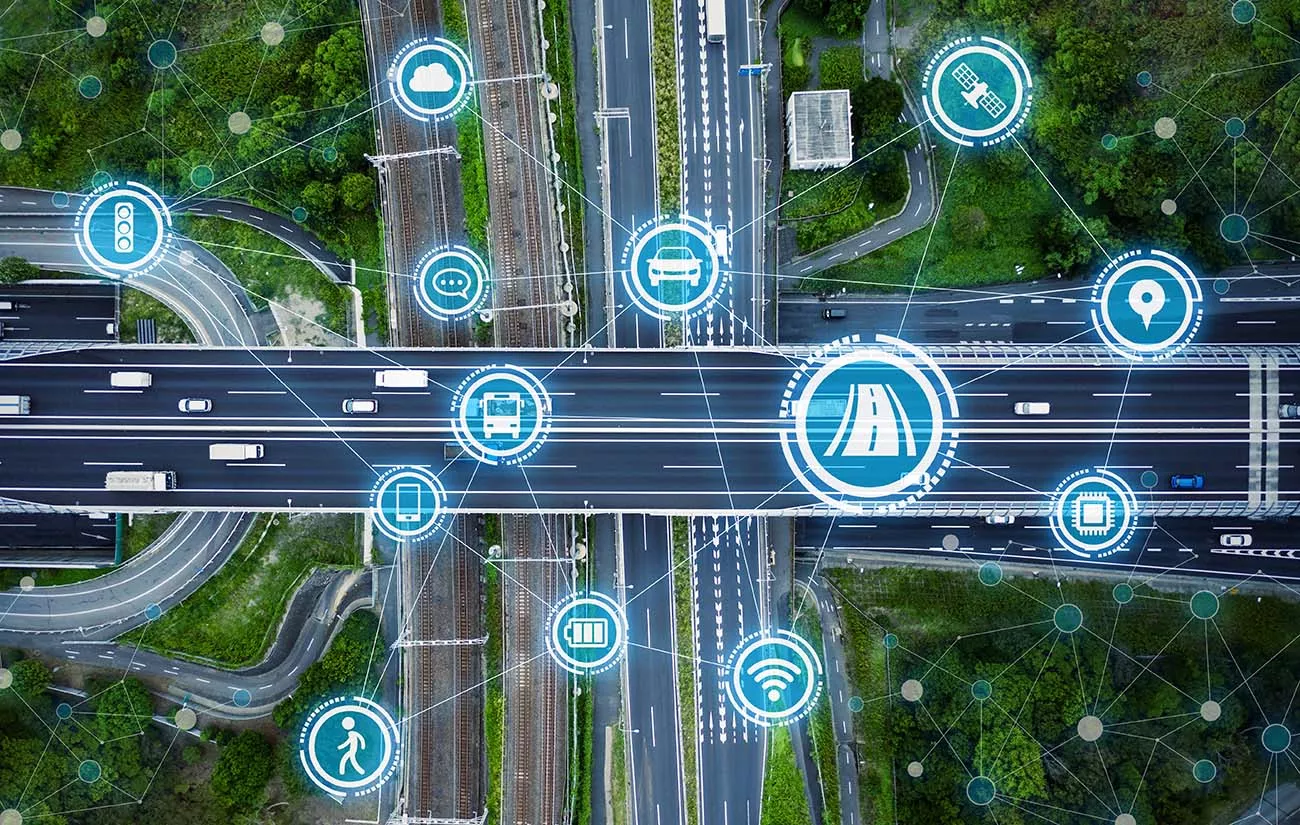Five Hot Button Trade Issues for the Electric Mobility Industry in 2022

Around the globe, automakers, parts suppliers, and related industries are making long-term investments in electric vehicles (EV), EV batteries, charging stations, and associated technologies. To remain competitive in this fast developing industry, companies are making complex global sourcing decisions. At the core of this complexity lie new US trade rules, many of which remain untested.
In force since July 2020, the USMCA is still in its nascent stages, but for the EV sector in particular, it presents significant competitive advantages for the North American region. Meanwhile, broader US trade rules will continue to expose companies to US bilateral tariff costs, such as double-digit 301 duties on many imports from China (here, notably on battery cells).
In this special edition of the Arent Fox Issues Preview, we explore the hot button trade issues for the electric mobility industry in 2022.
How the USMCA Saves Costs for the Electric Mobility Supply Chain
In light of the impact of high tariffs on EV inputs under Section 301 and Section 232 measures and the uncertainty of future trade actions, qualification under the US-Mexico-Canada (USMCA) Agreement is more important than ever to maintain a competitive advantage in this industry.
Can EV Production Thrive in Spite of US “China Tariffs”?
Through Section 301, “China Tariffs,” the United States Trade Representative (USTR) imposes additional ad valorem tariffs rates between 7.5% and 25% on the majority of Chinese-origin products, including lithium-ion batteries, battery cells, critical minerals, and various other inputs required for EV manufacturing.
The Underlying Impact on Trade From Biden’s Support of the Electric Mobility Efforts
Throughout 2021, the administration and Congress have made clear the support for US domestic manufacturing of the electric mobility supply chain. Their goal is to both boost economic growth and reduce US carbon emissions.
Impact of Section 232 on the Electric Mobility Supply Chain
Rare-earth magnets (i.e., neodymium-iron-boron permanent magnets), widely considered the most efficient way to power EVs, are the latest commodity to be potentially subject to Section 232 tariffs, which have previously been imposed at a rate between 10 and 50% for the steel and aluminum industry.
As the Electric Vehicle Industry Continues To Grow, Potential Tariff Classification Issues Will Rise
The components and products that are used in the assembly of EVs are critical to the deployment and functionality of EVs and their global supply chain. In particular, the proper Harmonized Tariff Schedule of the United States (HTSUS) classifications of the final goods and inputs used by the EV industry may not have been fully developed yet, presenting potential tariff classification issues for the electric mobility supply chain.
Contacts
- Related Practices




